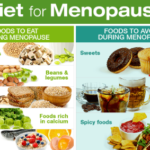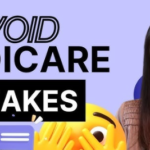According to a recent study, soda taxes on beverages with added sugar may contribute to “significant improvements in population health” by driving up costs and discouraging purchasing.
A recent study found that the so-called soda taxes that were imposed in five U.S. cities were linked to a significant drop in the use of beverages with added sugar throughout those areas, suggesting possible advantages for population health.
Researchers looked at price and purchase changes for sugary drinks from 2012 to 2020 in retail locations in Boulder, Colorado; Philadelphia; Oakland, California; San Francisco; and Seattle. Their analysis was published on Friday in JAMA Health Forum. According to the report, excise taxes ranging from 1 to 2 cents per ounce were imposed on beverages sweetened with sugar in Boulder, Oakland, and Philadelphia in 2017 and San Francisco and Seattle in 2018. In the two years following the enactment of the levies, researchers found that the average price increase for these drinks in those cities was 33%, or 1.3 cents per ounce. In the meantime, there was a 33% drop in the number of sugary drink ounces bought during the same time period.
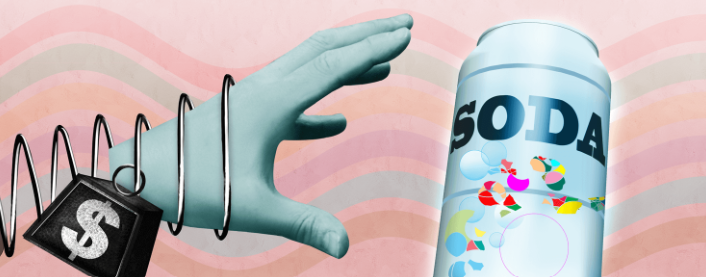
Soda Taxes
Lead study author Scott Kaplan, an assistant professor of economics at the U.S. Naval Academy in Annapolis, Maryland, notes that although the findings are consistent with earlier studies on the effects of sugar-filled drink taxes on a single city, this analysis is among the first to show that the decreased demand for sugar-filled drinks following such policies is largely uniform across localities. As per the study, “price and purchase changes stayed stable in the years following tax implementation.”
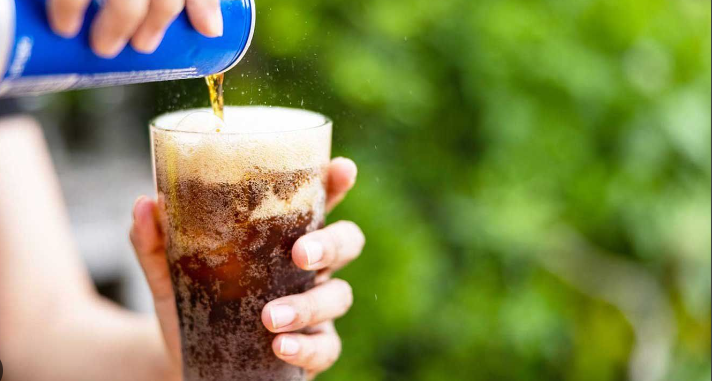
Soda Taxes
The study covered beverages sold at almost 26,000 outlets, with 24,502 untaxed cities serving as the control group, 1,340 bordering areas, and around 500 taxed cities. Notably, once the tax was implemented, researchers discovered no discernible shift in the purchase of sugar-filled beverages in the areas surrounding the charged cities. Research from the past suggests that taxes on sugar-filled beverages can help prevent obesity, diabetes, and heart disease, among other health problems, and also result in cost savings associated with health care.

Soda Taxes
The World Health Organization reports that 108 nations have implemented taxes on beverages that have been sweetened with sugar. While there are no statewide regulations in effect, at least eight jurisdictions in the United States have implemented some form of soda tax.
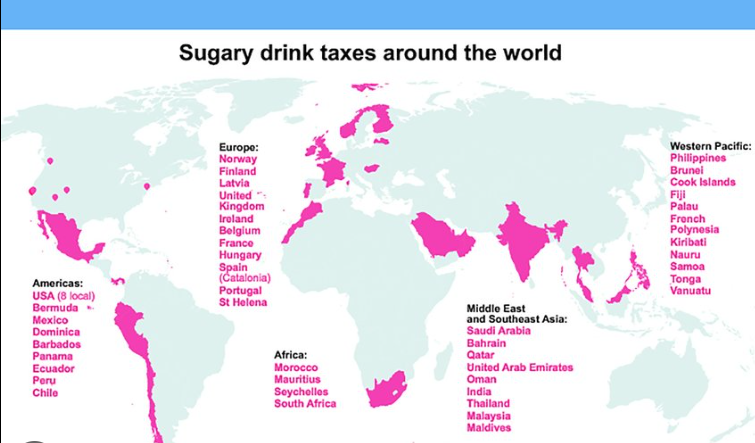
Soda Taxes
According to Kaplan, the results of the new study may have a big impact on future policy decisions, especially in light of earlier studies and existing medical expertise. “The estimates suggest large health cost savings and improvements in health outcomes related to taxing these products,” adds Kaplan, “if you relate these findings to the medical literature regarding the impact of sugar on health outcomes.”
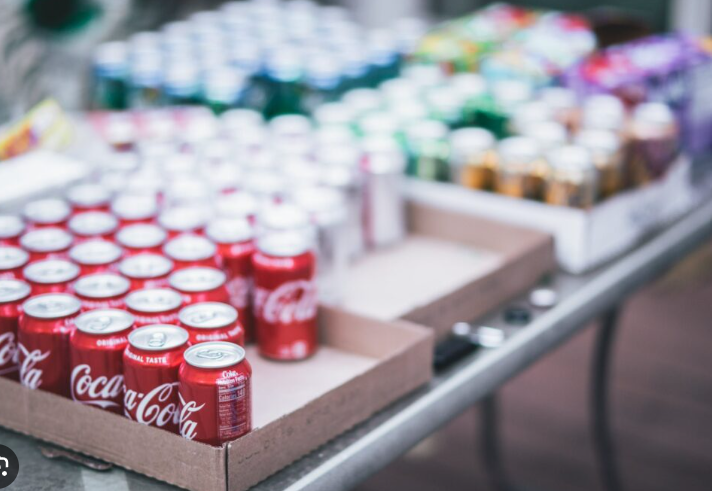
Soda Taxes
Frequently asked questions
How to Sell a Soda Tax
To proponents, it’s a sin tax with divine intentions: more government revenue to fight obesity and less public money spent on weight-related health ailments like diabetes, hypertension and cancer. Opponents, however, say it’s a big-government wolf in public health clothing, one that’s snatching coins from the poor to fill municipal coffers while doing next to nothing to promote better health. It tanked in metropolitan Chicago, got the thumbs-down in New Mexico and is under attack in Philadelphia, where the state’s highest court could soon repeal it.
Civic leaders and health advocates have advocated for the enactment of so-called soda taxes, which are penny-per-ounce levies on sugar-sweetened soft drinks that are contributing to the obesity epidemic in the nation, from San Francisco to Albany, New York. According to recent research, individuals over 45 who regularly consume at least 24 ounces of sugary drinks may be more susceptible to heart disease than cigarette smokers. The soda tax actually takes its cues from the playbook of behavior modification that protestors employed to take down the tobacco industry. Municipalities that imposed high tariffs on the sale of each pack and outlawed smoking indoors saw a decline in the number of smokers.
images source: Google
Disclaimer: The opinions and suggestions expressed in this article are solely those of the individual analysts. These are not the opinions of HNN. For more, please consult with your doctor










